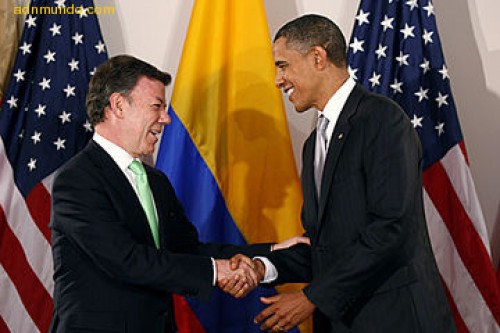Free Trade: Reality vs. Perception on U.S. – Colombia FTA
What I find particularly interesting about these numbers is the extent to which they differ from the general perception of this trade deal in each country.
The American public generally perceives all trade agreements as taking jobs away from American workers. For this reason, the U.S. – Colombia Free Trade Agreement (FTA) was delayed for years due to the difficulty of getting it through the U.S. Congress. In truth, that economic structural adjustment that altered replica designer rolex datejust 31mm ladies m278285rbr 0006 diamond bezel high-school educated manufacturing job opportunities has already happened. From the numbers that I have seen, increased trade over the past few years between America and other countries has been an important source of job creation.
In contrast, when I was in Colombia last year, the Free Trade Agreement was considered to be a resounding success. This was true even in interviews during which I pointed out that the numbers for manufactured goods had been disappointing, resulting in the fact that Colombian exports to the U.S. had remained primarily commodity based. To be fair, many of the respondent’s ties to the government and large business associations may have given them an invested interest in the FTA’s success. Yet, in both cases it is notable that the perceptions of this agreement are not only nonfactual but actually run counter to them.
